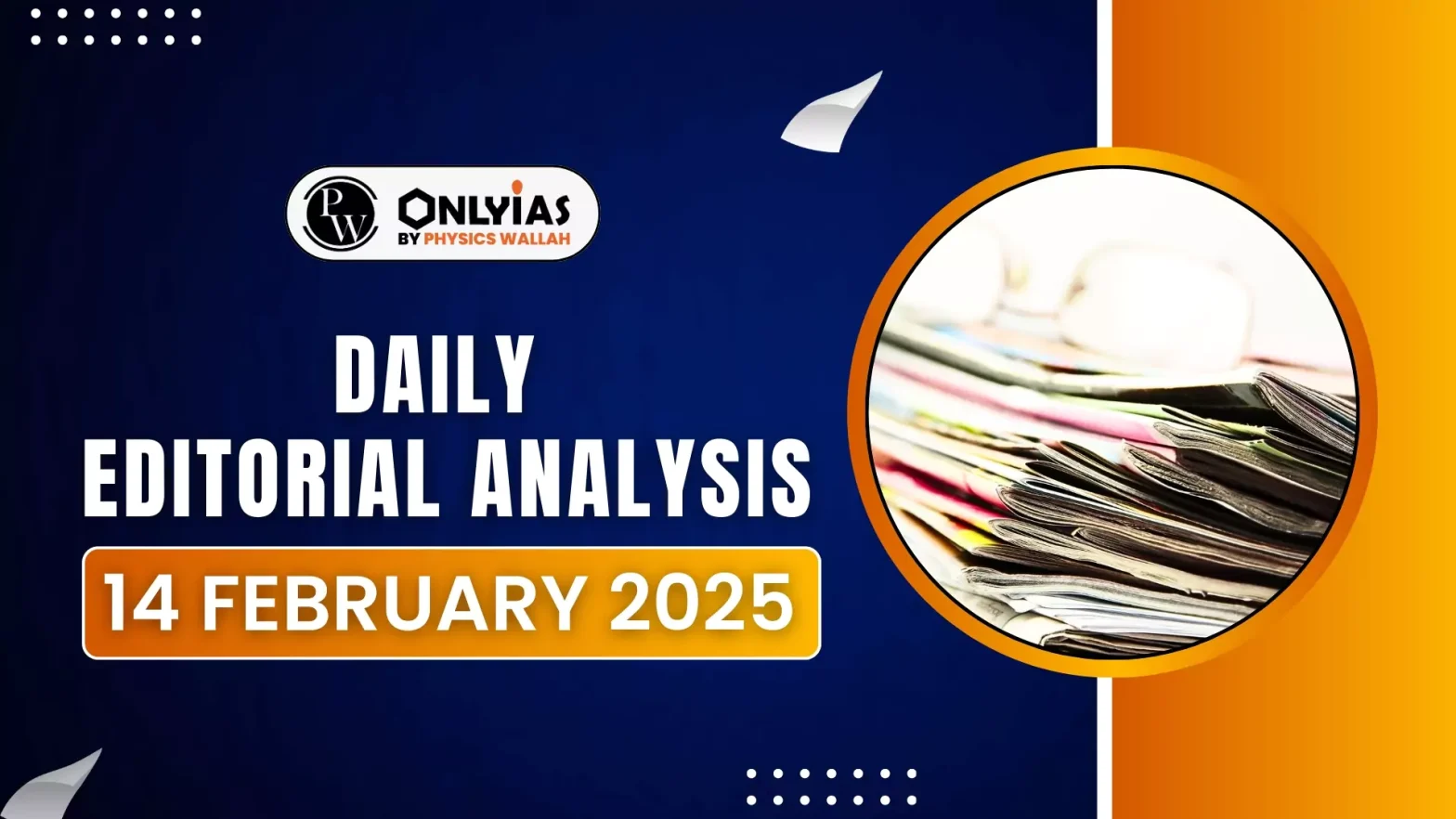On 30 January 2025, the Supreme Court of India issued an order to address the growing backlog of cases in High Courts. The order eased the restrictions on High Courts to appoint retired judges on an ad-hoc basis, with the aim of expediting the resolution of long-pending criminal appeals.
Key Aspects of the Supreme Court’s Directive
- Relaxation of Previous Conditions: The Court has suspended the previous stipulation that ad-hoc appointments could only be made if vacancies exceeded 20 percent of the sanctioned strength. This adjustment provides greater flexibility in appointing ad-hoc judges.
- Limit on Ad-hoc Judges: Each High Court may appoint between two to five ad-hoc judges, with the total not exceeding 10 percent of the court’s sanctioned strength.
- Scope of Work: Ad-hoc judges will primarily focus on hearing criminal appeals and will sit alongside sitting judges on the benches.
| Ad-hoc judges are those who are appointed temporarily or for special purposes. Article 224A of the Constitution mentions the appointment of ad-hoc judges in High Courts.
For instance, a retired judge may be appointed on an ad-hoc basis in a High Court due to a large number of cases. |
Growing Need for Ad-Hoc Judges in the Judiciary
- The backlog of cases is increasing each year, with 62 lakh pending cases in High Courts as of January 2025.
- The judiciary is heavily burdened, leading to delays in justice, which ultimately results in justice being denied.
- There are significant judicial vacancies, with 367 out of 1,122 sanctioned positions currently unfilled.
- Regular judges are overburdened, impacting their ability to handle cases efficiently.
- Undertrial prisoners remain in jail for extended periods, often without resolution of their cases.
- Public faith in the judicial system is eroding due to these ongoing delays and inefficiencies.
Challenges Hindering Ad-hoc Judge Appointments
- Lok Prahari Case: In 2021, the Supreme Court endorsed the appointment of ad-hoc judges in the Lok Prahari case. The Court recommended that High Courts send proposals for the appointment of ad-hoc judges to the collegium, which would then forward the recommendations to the President for final appointments.
- Few Appointments: However, only a few appointments have been made to date.
- Solutions: Chief Justices must take a more proactive role in implementing this solution.
- Government support is essential for the smooth and effective implementation of this initiative.
- Infrastructure and Resource Challenge: Many courts face inadequate infrastructure, which limits their ability to efficiently accommodate ad-hoc judges.
- Need for Support Staff: There is a shortage of essential support staff, such as stenographers and clerks, to assist in the effective functioning of the courts.
- Vacant Rooms Require Modifications: While High Courts may have vacant rooms, they often need significant modifications to be made suitable..
- Solutions: The government must allocate a sufficient budget to address these infrastructure and resource gaps, ensuring the smooth appointment and functioning of ad-hoc judges.
- Challenges in Attracting Retired Judges: Retired judges may be more inclined to take up arbitration roles, which often offer better financial compensation.
-
- Struggles of Tribunals: Government is also facing difficulties in attracting judges for tribunals, further highlighting the challenges in the judicial ecosystem.
- Hesitation from Senior Advocates: Senior advocates may be reluctant to take on ad-hoc judge roles due to lack of monetary benefits.
- Solutions: To attract experienced judges, there is a need for offering proper incentives that make the ad-hoc positions more appealing.
Appointment of Ad-Hoc Judges
- MOP: The procedure for appointing ad-hoc judges is outlined in the 1998 Memorandum of Procedure (MOP), established after the collegium system was created.
- According to the MOP, once a retired judge agrees to the appointment, the Chief Justice must forward the judge’s name and the appointment details to the state’s Chief Minister.
- The CM then passes the recommendation to the Union Law Minister, who consults the Chief Justice of India (CJI) before sending it to the Prime Minister. The PM then advises the President on whether to approve the appointment.
- Lok Prahari Case / Collegium: However, in the 2021 case Lok Prahari v. Union of India, the Supreme Court ruled that the recommendation must go through the Supreme Court’s collegium, which includes the CJI and the two senior most judges.
|
Impact on Judicial Independence
- Judicial Independence as a Mindset: Judicial independence is fundamentally about mindset, not just the position held, ensuring impartiality in decision-making.
- Careful Selection of Ad-hoc Judges: Ad-hoc judges should be chosen carefully to maintain the integrity and independence of the judiciary.
- Ensuring Impartiality: A rigorous selection process ensures that ad-hoc judges remain impartial in their judgments.
- Limited Bias Risk: Since ad-hoc judges do not have long-term career aspirations, the likelihood of bias is minimized.
Will Ad-hoc Judge Appointments Affect Regular Judicial Appointments?
- No Interference with Regular Promotions: Ad-hoc appointments will not interfere with the regular promotion processes for judges.
- Fixed Terms for Ad-hoc Judges: Ad-hoc judges are appointed for fixed terms, typically between 2 to 3 years, ensuring they do not replace permanent judicial positions.
- No Impact on Seniority: The seniority of sitting judges remains unaffected by the appointment of ad-hoc judges.
- Continued Need for Regular Judges: High Courts will still require regular judges to handle the full scope of judicial work, as ad-hoc judges are only meant to address the backlog temporarily.
Conclusion
Ad-hoc judges can help clear backlogs in the short term, but long-term solutions require improved regular appointments and better infrastructure. Timely justice is essential for maintaining trust in the judicial system.
![]() 14 Feb 2025
14 Feb 2025

